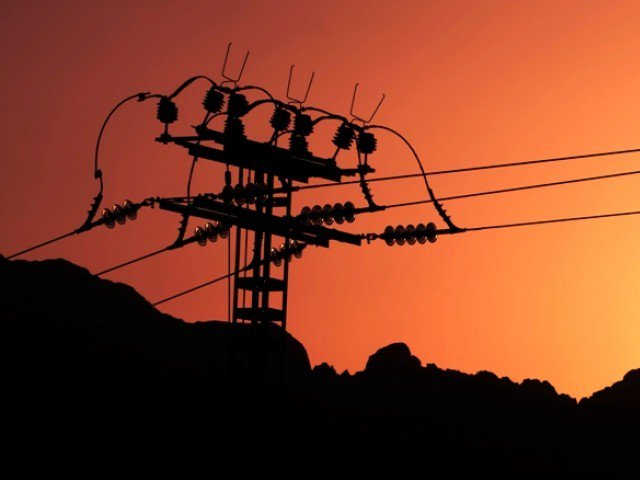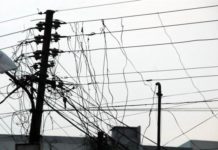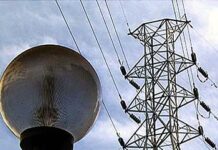
ISLAMABAD: The Ministry of Power Division on Tuesday informed the Public Accounts Committee (PAC) that the amount of circular debt had reached Rs755 billion.
The committee met at the Parliament House with Leader of the Opposition Shahbaz Sharif in the chair.
The ministry’s secretary, while giving a briefing to the committee, said presently the country’s installed capacity for electricity production was 33,836 megawatts (MW), while the derated capacity was about 31,000MW.
“In 2008 the installed capacity was 17,796MW which has now reached 33,836MW,” he said.
The secretary said currently the country was generating about 27 per cent electricity from hydel, 26 per cent from RLNG, 16 per cent from furnace oil, 20 per cent from gas, five per cent from nuclear and the remaining five per cent from renewable sources.
The committee was further informed that seven energy projects built under China Pakistan Economic Corridor had been contributing 3,340MW energy to the national grid.
The power ministry official further said that new renewable energy policy would likely be in operation by March 2019 following due consultation with the provinces. The new policy would be focused on generating at least 20 per cent of the total energy mix from renewable energy by 2025 and 30 per cent by 2030.
“The upgradation of the national grid, as well as the introduction of regional grids, would be an important element of the policy,” he said.
The PAC chairman informed the committee members that he had completed two LNG-based run power projects during his tenure as the Punjab chief minister.
Responding to various questions by the parliamentarians, the secretary said that per capita electricity usage in Pakistan was less as compared to India and Bangladesh.
The secretary, however, said that 23 per cent of the total population was currently living without electricity.






















